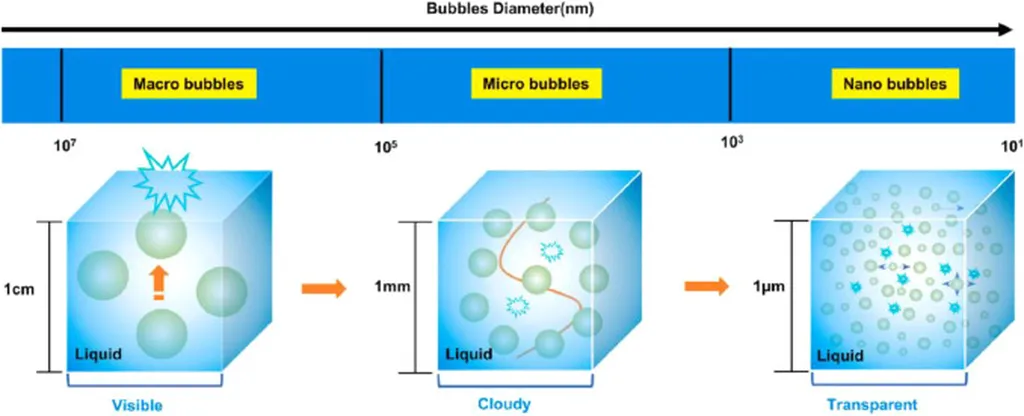In the quest to mitigate climate change, scientists are exploring various methods to capture and store carbon dioxide (CO2). One promising avenue is the use of saline aquifers—porous rock formations saturated with salty water—located deep underground. A recent study published in the journal “Carbon Capture Science and Technology” sheds light on the potential of these aquifers to store CO2, highlighting both the challenges and opportunities in this emerging field.
Led by Maryana Emad Helmi, an assistant professor at the College of Petroleum Engineering and Geosciences at King Fahd University of Petroleum and Minerals in Saudi Arabia, the research reviews advancements in experimental and modeling efforts related to CO2 solubilization in saline aquifers. The study emphasizes the importance of understanding the complex interplay between natural convection, diffusion, and dispersion in these heterogeneous environments.
“Saline aquifers offer a significant geological option for large-scale CO2 storage,” Helmi explains. “However, their heterogeneous nature influences the kinetics of CO2 dissolution and long-term stability. Optimizing brine chemistry and harnessing nanobubble technology could augment storage capacity and security.”
Nanobubble technology, in particular, has garnered attention for its potential to enhance storage capacity and stability. These tiny bubbles, measuring just a few nanometers in diameter, can increase the surface area of CO2, facilitating faster dissolution and mineralization. The study also explores various technologies that could be utilized for generating these nanobubbles, offering a glimpse into future innovations in the field.
The research delves into the geochemical implications of CO2 storage, including mineral trapping and field-scale observations. These insights provide a comprehensive understanding of the storage mechanisms, which are crucial for ensuring the long-term security of injected CO2.
“Careful selection of injection sites, CO2 injectivity, and the security of injected CO2 are factors that must be addressed to unlock the storage potential of saline aquifers,” Helmi notes. “Enhanced modeling approaches are required to reflect aquifer heterogeneity, which continues to pose a significant challenge in accurately modeling the long-term behavior of CO2 in saline aquifers.”
The findings of this study have significant implications for the energy sector. As the world transitions towards a low-carbon economy, the need for effective CO2 storage solutions becomes increasingly pressing. Saline aquifers, with their vast storage potential, could play a pivotal role in this endeavor.
Moreover, the research underscores the importance of interdisciplinary collaboration in addressing the challenges of CO2 storage. By combining insights from geology, chemistry, and engineering, scientists can develop more robust and efficient storage solutions.
As the energy sector continues to evolve, the insights from this study could shape future developments in carbon capture and storage technologies. By unlocking the potential of saline aquifers, we can take a significant step towards mitigating climate change and securing a sustainable energy future.

